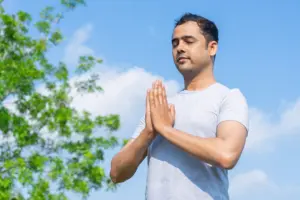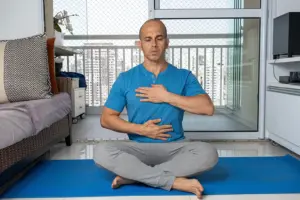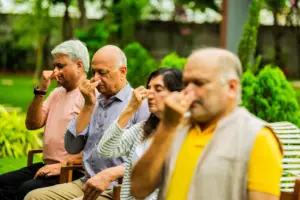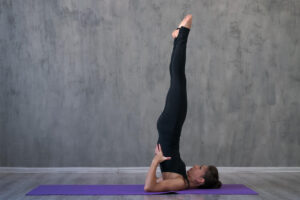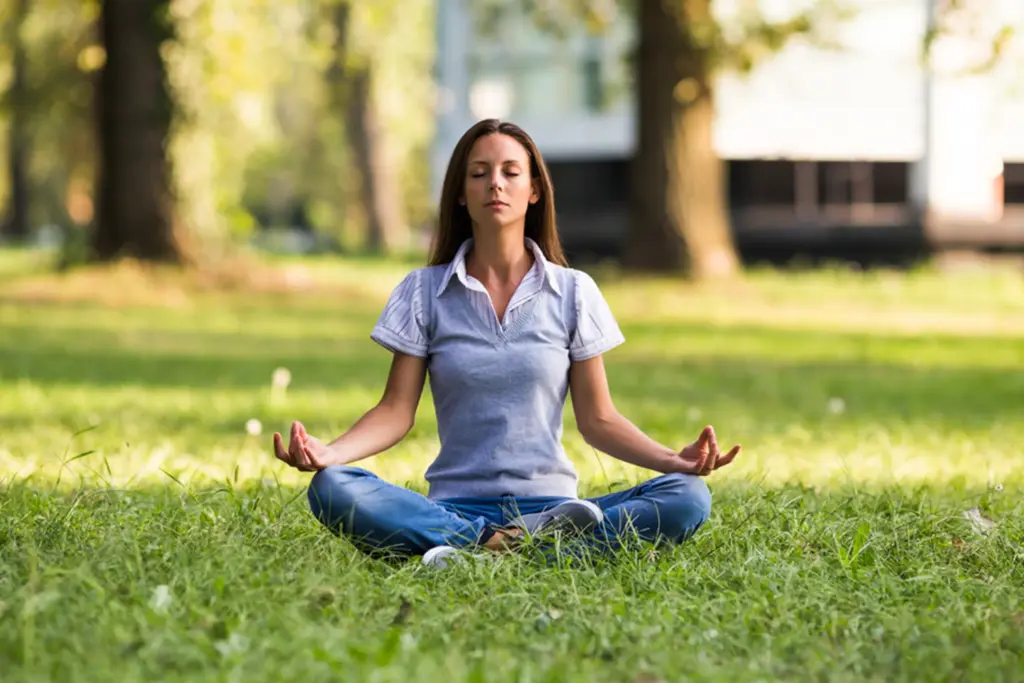
Morning vs. evening yoga: Yoga is a beautiful way to stretch, relax and reconnect your body and mind. But have you ever wondered if it is better to do yoga in the morning or evening? Both times have their benefits, and the best choice really depends on your lifestyle goals and how your body feels.
This guide breaks down the pros and cons of each so you can pick a practice time that actually sticks.
Also Read | How to build a consistent Yoga routine that works for you
Morning yoga: Starting your day on a calm note.
After a night’s rest, it’s normal to wake up a bit stiff or sluggish. A gentle morning yoga flow can loosen tight muscles, boost circulation, and shake off mental fog, often better than a second cup of coffee.
By pairing movement with steady, deep breathing, you’ll feel more alert, focused, and ready to start the day. That calm, mindful start not only lowers your stress levels but also elevates your mood, which is why many people feel happier and more grounded for hours after practicing morning yoga.
Best yoga styles in the morning:
For mornings, start gently: Hatha to wake up and align, then a few Sun Salutations or a light Vinyasa to build heat and focus; try Iyengar for precise, prop-supported opening, Kundalini (short kriyas + breath) for an energy lift, and Half Primary Ashtanga if you’re experienced.
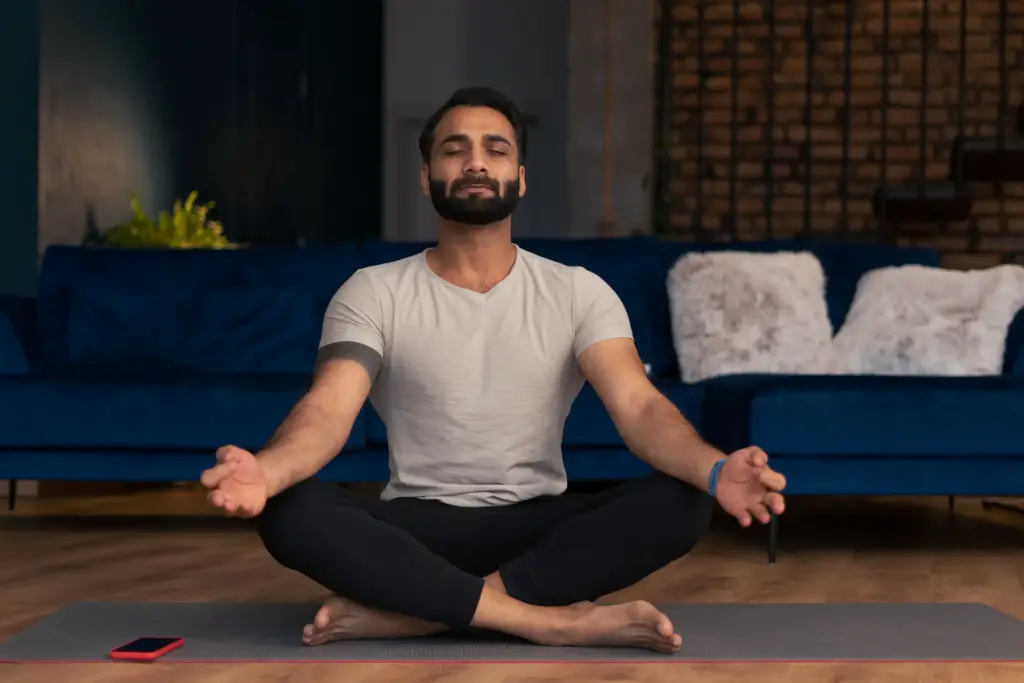
Evening yoga: Unwinding from the day.
After a day of sitting, standing, or rushing around, your muscles, especially in the neck, shoulders, and lower back, can tighten up. An evening yoga practice helps release those tense areas and calm your nervous system; slow movements and deep breathing signal your body that it’s time to unwind. Many people find they fall asleep faster and sleep more deeply after yoga. If the day was stressful, evening yoga is a wonderful way to end it. This practice will help you quiet the mind and clear the mental clutter from work, traffic, and other worries.
Best evening yoga styles:
For evenings, favour calming styles: Restorative and Yin (long, supported holds to release hips/low back), gentle Hatha or slow Vinyasa (unhurried flows to ease stiffness), and Iyengar for precise, prop-assisted decompression. Conclude your practice with pranayama techniques such as Nadi Shodhana or lengthened exhale breathing, or consider a short Yoga Nidra session for a deep reset.
Also Read | How 15 minutes of yoga can improve your mental and physical health
Not everyone’s body clock is the same; some feel stiff at sunrise, while others are exhausted by evening. Try both methods and observe when you feel most agile. What matters more than the clock is consistency: choose a time that fits your life and stick with it. Ultimately, yoga isn’t about perfect poses or “correct” timing; it’s about tuning in, moving with care, and breathing deeply.




